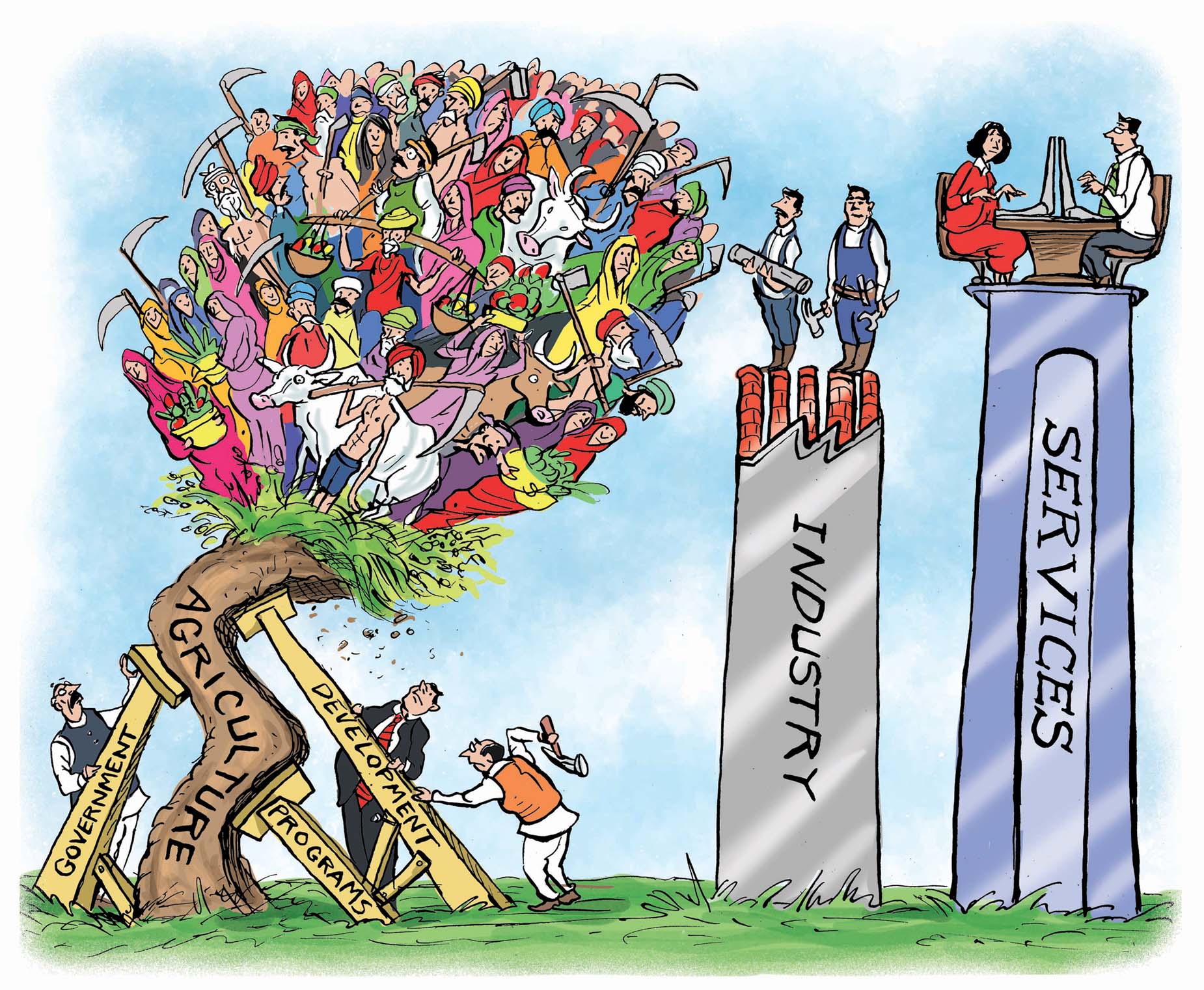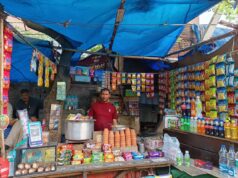Read the first part on the challenges and solutions of agriculture policy in India here.
How would the execution of a free-market structure in agriculture sector work? I propose the following:
The pilot
The plan requires a change in laws governing agriculture, land and labor. Agriculture and land are on the state list while labor is on the concurrent list. The pilot could be started in a district in a state willing to tweak its current agriculture and land laws.
The plan is likely to succeed when the cost of inputs are lower than potential revenues. Organic farming around urban centers for example are likely to be the first ones to succeed though the idea need not restrict other potentially lucrative businesses. A mass awareness drive in the selected region could be conducted informing the farmers about potential benefits of the scheme and enlist their support. A similar campaign could be conducted to attract entrepreneurs to submit their proposals for setting up businesses. Once a local cooperative is in place, potential entrepreneurs could be asked to present their proposals to the cooperative to finalize a proposition which gets them the most benefit.
The business would then be monitored for success on various parameters including its profitability, improvement in the quality of life for the populace in the region in general and the farmers in particular.
Phased adoption
A critical review of the pilot which should be run for at least 2-3 crop cycles would be published highlighting what went right and what did not. Depending on the success, the scheme could be implemented in phases, each time implementing the plan in a few districts. A regular review of this would also be necessary.
Checks and Balances
Setting up of the tribunal for resolving legal matters, legal and commercial consulting setup for cooperatives, mass awareness drives, active engagement of entrepreneurs and investors, critical assessment of pilots are all critical elements to ensure that the plan succeeds.
Long term changes
- Agriculture subsidies would need to be phased out and they would have to be replaced with targeted direct transfer schemes. This would greatly boost our budget and narrow the fiscal deficits.
- For agricultural businesses to flourish, the federal government will have to make changes to its EXIM (export-import) policies. A more transparent and competitive regime of zero to minimal tariffs in the long term on export and import would be healthy for the business.
Potential impacts:
There are likely to be the following positive impacts of this proposal:
- Efficient allocation of resources is in principle and in practice (when implemented correctly) the biggest benefit of free market. Agriculture would evolve from its current supply driven and government subsidized model to a demand driven system feeding into towns and urban centers making the business truly lucrative.
- The leased farming system would create a steady income source for the farmers and boost spending across the rural areas. Ancillary food processing businesses would flourish in the surrounding areas boosting the overall GDP of the region.
- Places where the proposed plan would fail due to any number of reasons like high cost of input (labor, water etc.), reluctance on the part of farmers/ entrepreneurs etc. the direct transfer scheme would ensure that the marginal farmers are taken care of.
Criticism for the proposal:
- One of the most difficult parts for the proposal is getting a state government to agree to tweak their labor and agriculture laws. The plan simply would kick start without it. Choosing a state with partial commercialization and readiness to experiment would be crucial to the proposal’s success.
- Attracting entrepreneurs and farmers to the scheme sustainably would depend on profitability of the business which would be different across different regions.
- The plan is likely to create pockets of highly successful businesses also resulting in relatively poorer pockets where the free market fails. Though direct transfer scheme would ensure subsistence for the poorer pockets, income disparity would be high.
Read more: https://spontaneousorder.in/farm-loan-waivers-a-misguided-policy/
Post Disclaimer
The opinions expressed in this essay are those of the authors. They do not purport to reflect the opinions or views of CCS.






